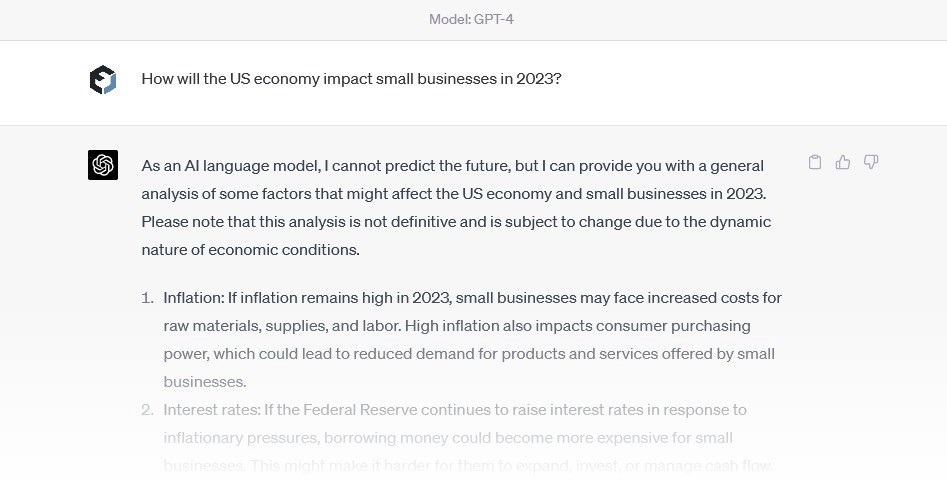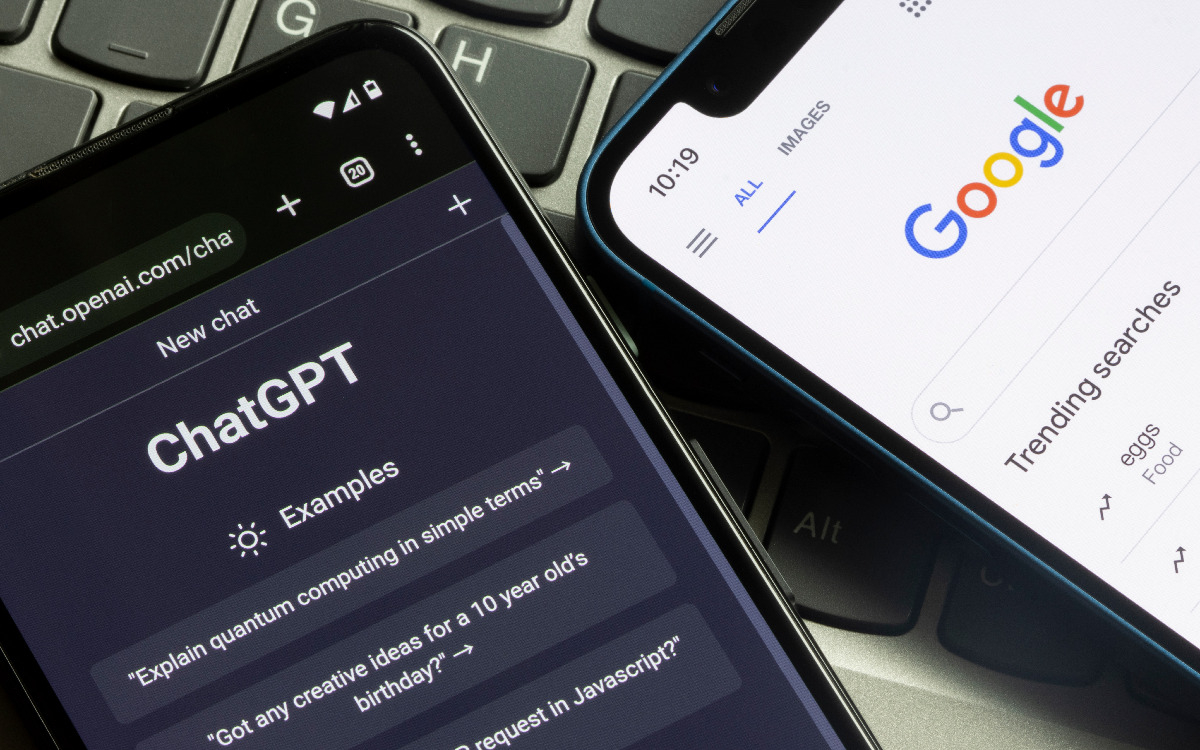OpenAI has been a leader in AI development with its popular ChatGPT and DALL·E models, combing ease of use with a higher quality AI content generation. Its unprecedented growth has created discussions across many industries, where everything from business integration to exam cheating has been brought up. While AI development has made great strides over the past year, CEO Sam Altman recently confirmed that chat GPT-5 is not being developed and “won’t [be] for some time.”
The issue is due to the AI model reaching a limit where continued upscaling no longer gives valuable results. That means a new approach will need to be taken, whether it’s GPT-5 or an entirely new model that hasn’t been attempted. With a $10 billion investment from Microsoft, their recent partnership may be a priority, but it also provides their business funding to take AI to the next level.
How ChatGPT’s AI Model Works
The GPT in the name stands for Generative Pre-trained Transformer. That is a deep learning AI model designed to study large amounts of content. ChatGPT was trained with text across the internet to understand language, grammar, facts, and reasoning. As part of that process, it tries to predict the next word in a sentence based on the previous ones.
From there, they taught the AI further on more conversational data, such as what’s found on social media and public forums. That makes it more aware of different manners of speech and interactions, increasing overall accuracy. A lot of fine-tuning is also done to improve the response quality. The goal with most AI is to be accurate and communicate in a way the reader can understand.
The Limitations of ChatGPT
Like most AI models, it can take years of data collection, training, and adjustments, making some improvements more difficult than others. The current GPT-3.5 and GPT-4 models are still limited by the dataset used to teach them. That means, in most cases, it can’t provide information past September 2021, leaving it unable to factor in current events. As a result of the data age and the training method, it may attempt to provide basic “safe” projections while also including a disclaimer that it can’t predict the future.

While ChatGPT can analyze and use countless factors, it doesn’t fully understand context, emotion, and common sense. That means its responses aren’t always accurate, especially if something is worded sarcastically, has multiple meanings, or is based on assumptions the AI wouldn’t understand. In contrast, precise searches that have logical answers get better results.
Additionally, it can be biased toward the content it is trained on, even if it’s inaccurate. Due to the large amount of data it was taught with, it naturally absorbed a lot of false information too. The learning model allows it to weigh truth somewhat but cannot fact-check itself. That’s made disinformation from AI an ongoing concern. When generated content is worded matter-of-factly, it’s easy to assume everything is accurate.
Factoring in those limitations, one of its biggest weaknesses is generating longer content, such as an article like this one. That’s mainly due to AI not understanding the greater context and struggling to communicate a broader theme to the reader. While ChatGPT can make long responses, they can still feel canned and don’t provide a lot of variation. That makes them often detectable by tools like ZeroGPT. As a result, its strength lies in its ability to answer focused topics and questions well.
Why GPT-5 Won’t Be Coming Any Time Soon
There are a lot of limitations to the ChatGPT AI model. Unlike previous versions, making GPT-5 worthwhile will require more than simply increasing the scale and adjusting its algorithm. Thanks to community feedback and work from their internal teams, OpenAI is fully aware of current concerns and obstacles. Once they discover solutions to current limitations, GPT-5 might look and act completely different than what’s already available.
Conclusion
With ChatGPT growing from 1 million users in December 2022 to over 100 million users just two months later, businesses have been watching it trend. While OpenAI has developed some impressive AI content generation tools, the speed of progress has also caused it to hit a wall quickly. That means businesses hoping for improvements with a possible GPT-5 may be in for a long wait, and the most people can hope for is a further refinement of the current approach.
Despite their limitations, the paid GPT-4 and free GPT-3.5 are still great tools. Much like self-driving cars, AI is not yet in a place where it can fully handle tasks on its own, but it can still assist users. When utilized well, it can speed up any business’s workflow while being cost-effective compared to other solutions.




